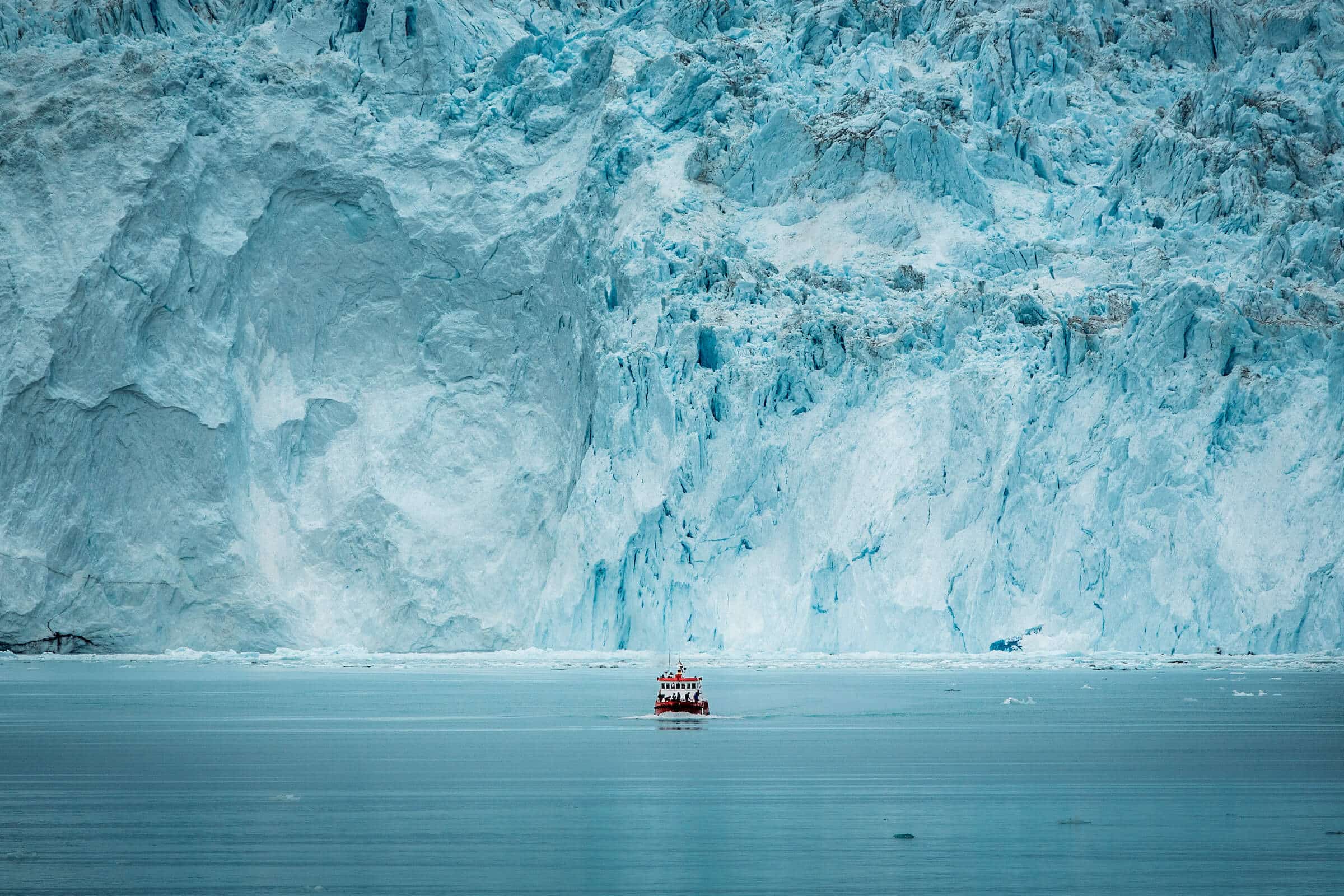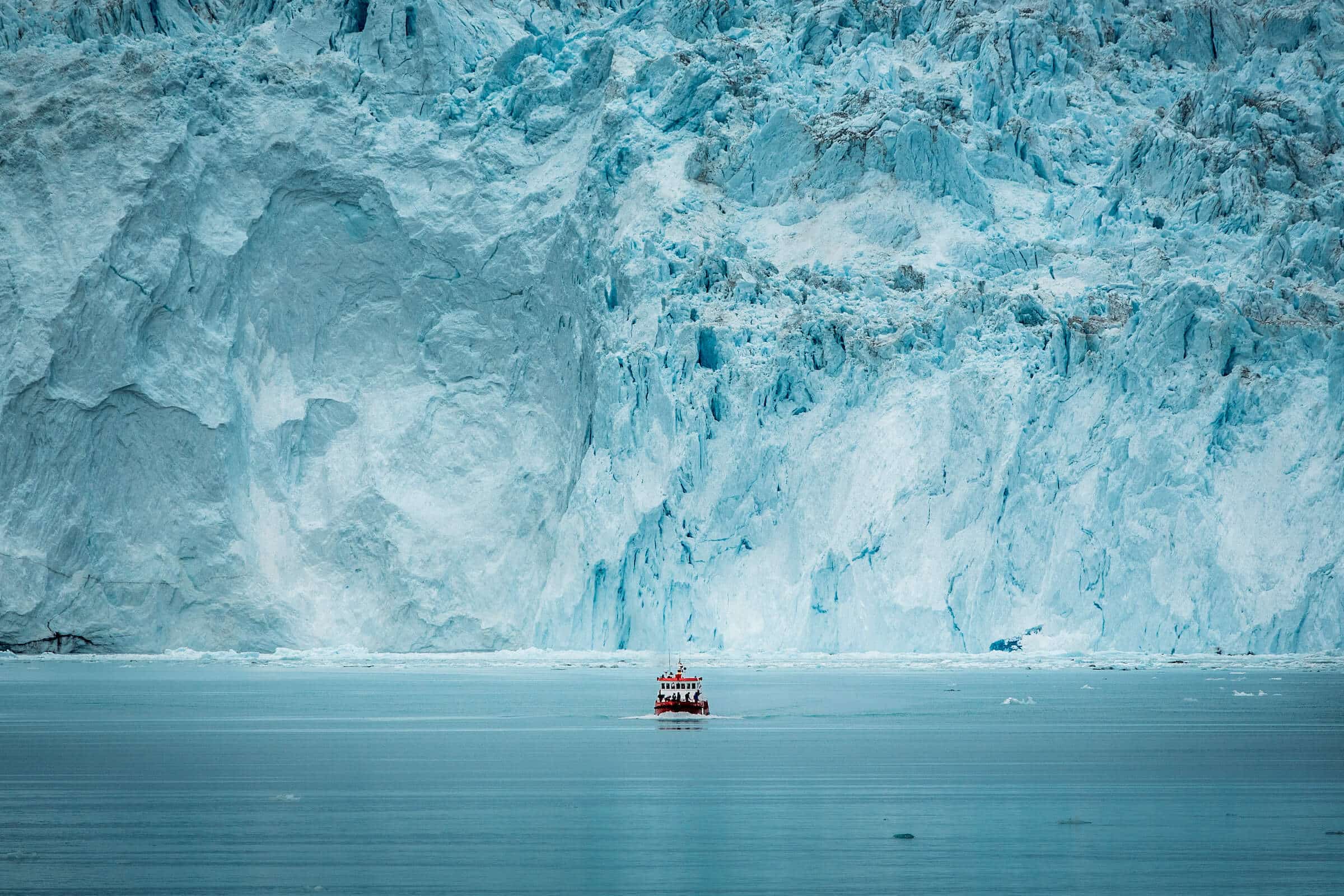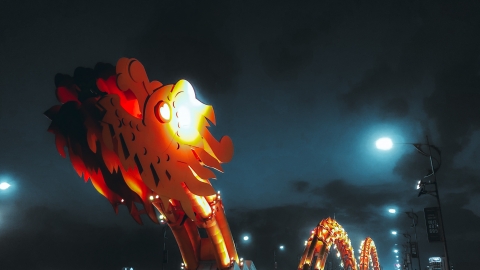The climate crisis is causing Greenland to melt at an unprecedented rate, creating an opportunity for investors and mining companies looking for a critical mineral deposit that could power the green energy transition.
A group of billionaires including Jeff Bezos, Michael Bloomberg and Bill Gates, among others, is betting that beneath the surface of the hills and valleys on Greenland's Disko Island and Nuussuaq Peninsula lie enough vital minerals to power hundreds of millions of electric vehicles.
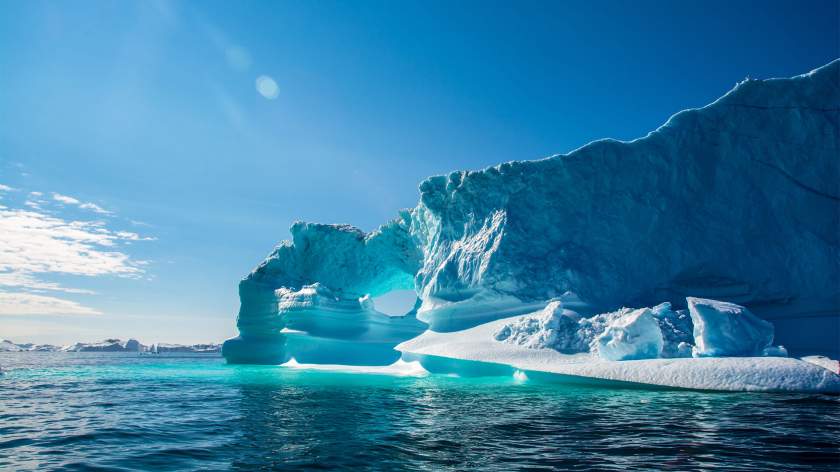
Greenland is known for its rich mineral resources.
According to Kobold Metals, a California-based mining startup, the US is partnering with Bluejay Mining to search for rare metals in Greenland needed to build electric vehicles and large-capacity batteries to store renewable energy. Kobold Metals representatives also said they have received financial support from a group of the world's richest billionaires. The three billionaires Jeff Bezos, Michael Bloomberg and Bill Gates have yet to respond to the information.
“We are looking at the second-largest nickel and cobalt reserves in the world,” Kurt House, CEO of Kobold Metals, told CNN.

Bluejay Mining employees dig during exploration for key minerals in Greenland
Greenland is an autonomous country of Denmark, near the Arctic and is the largest island in the world, over 2 million km2 wide, with a population of about 57,000 people. 3/4 of Greenland's area is covered by permafrost.
About 30 geologists, geophysicists, chefs, pilots, and mechanics are camped out at the Kobold and Blujay Mining site, taking soil samples, measuring the surface’s electromagnetic fields, and mapping the rock layers below. They’re also using artificial intelligence to analyze the data to pinpoint the exact location of the drills, which will be used to mine the mineral early next summer.
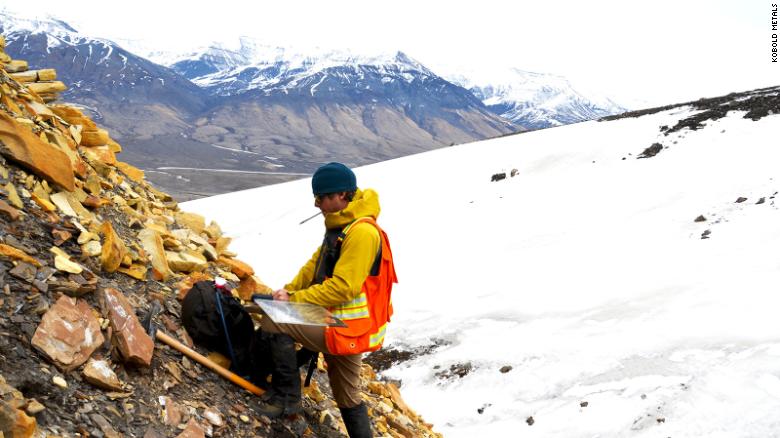
Kobold Metals workers in Greenland
Greenland may have significant reserves of coal, copper, gold, rare earth elements and zinc, according to the Geological Survey of Denmark and Greenland. The Greenlandic government sees the region's potential to diversify the national economy through mineral extraction.
However, Greenland's disappearing ice, which is pushing sea levels higher, is a major concern for Arctic scientists.

Melting sea ice around Greenland has made it easier for the mining industry to transport equipment and materials out
“The big concern with Arctic sea ice is that it has been disappearing over the last few decades,” Nathan Kurtz, a NASA scientist who studies sea ice, told CNN. “In the fall, what used to be year-round Arctic ice is now just seasonal ice.”





